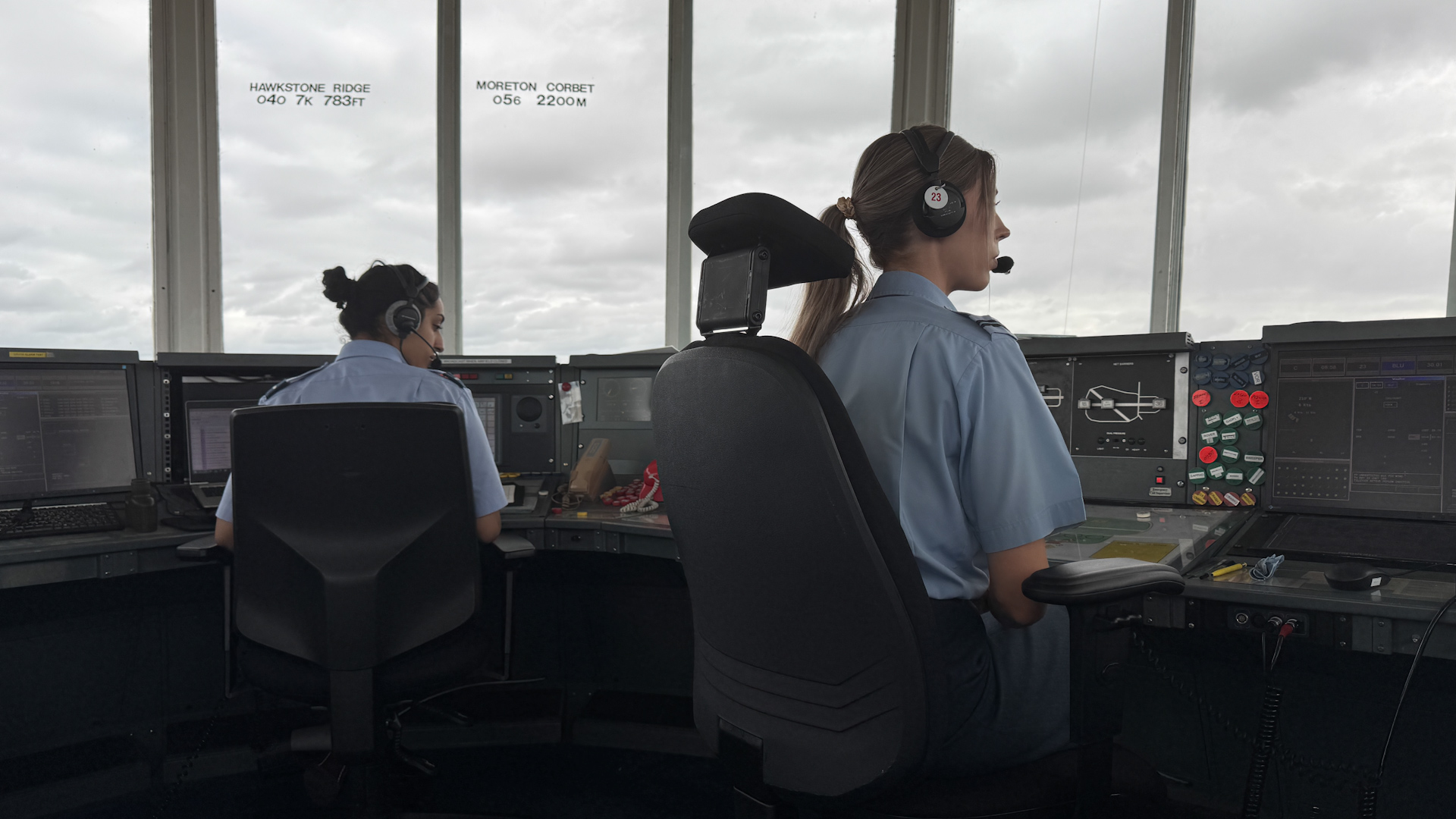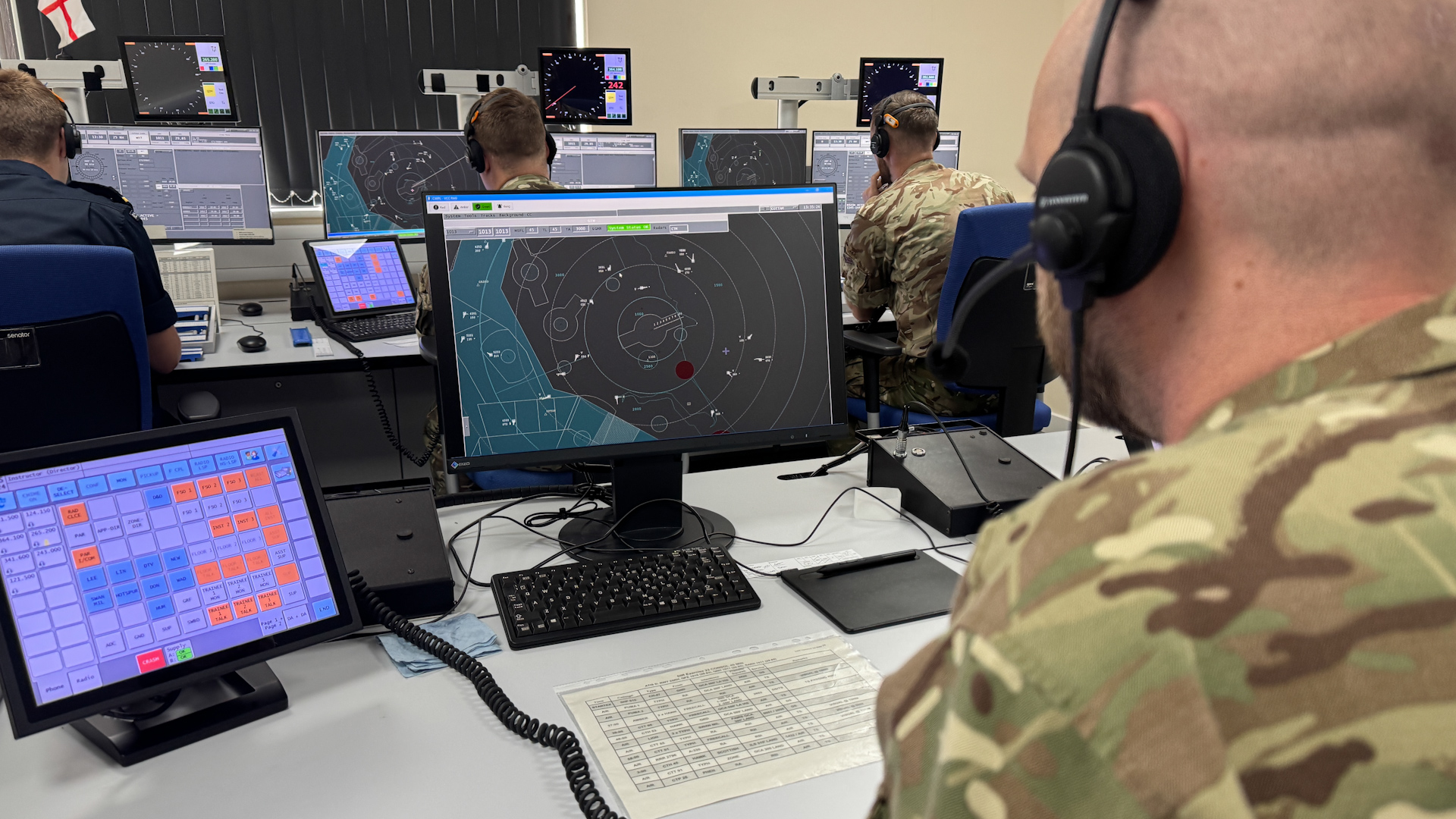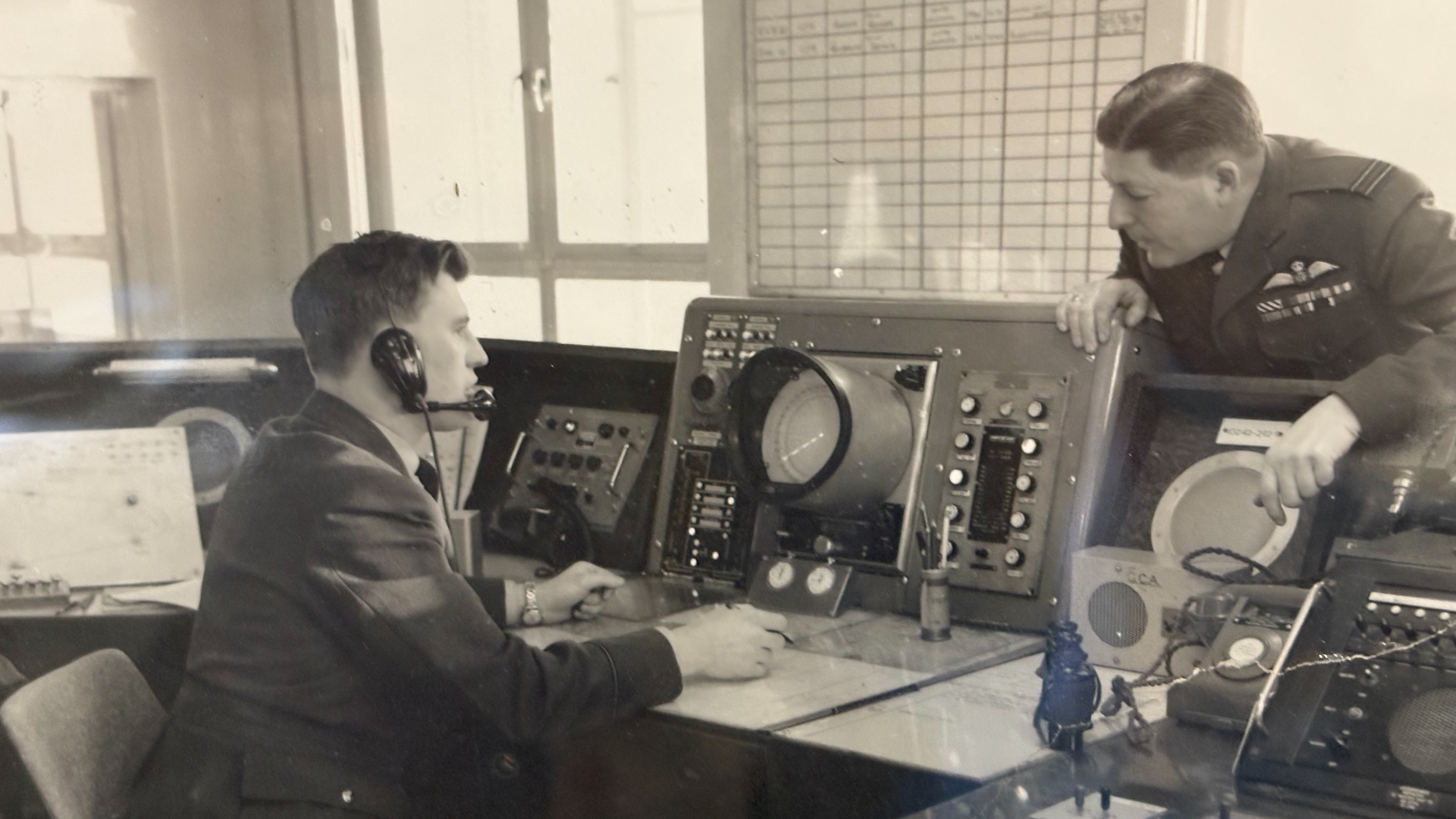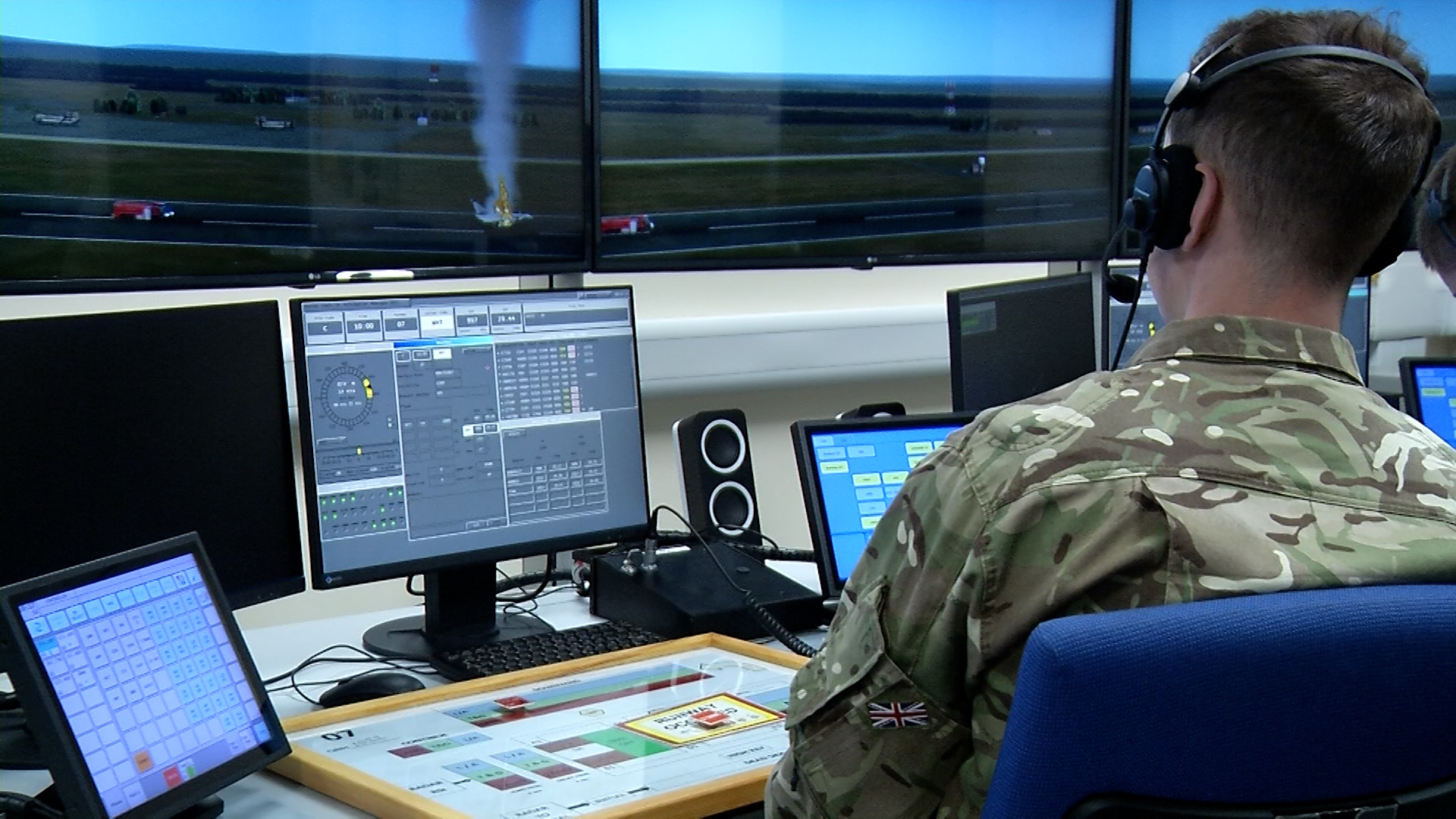Your lives in our hands: How the RAF trains the Armed Forces' air traffic controllers
Air Traffic Control has been taught at RAF Shawbury for the last 75 years.
Over the decades, they've trained generations of controllers across the services at the Defence College of Air and Space Operations (DCASO).
The role of a controller is one of vital importance as they're in charge of monitoring and directing pilots safely through an airspace.
Flight Lieutenant Adam Winkworth, the Deputy Senior Air Traffic Control Officer at RAF Shawbury, said: "Our job is to protect the people flying.
"It's a lot of responsibility, you've kind of got people's lives in your hands.
"You're sort of the final point of failure to ensure safety in the air."

To become an air traffic controller a trainee has to complete nine months of training across all roles inside the tower.
They start with basic theory, learning how to communicate with pilots and other aircrew.
Then they move onto the radar room, which trainee Flying Officer William Woodhouse refers as the place "where the stress happens".
Inside the radar room instructors put on a simulated exercise on an airspace they refer to as RAF Cotham, a former RAF satellite site that was used in the 1940s.
Now it’s the perfect airspace for them to create simulations to practise in.

Flight Sergeant Brad Clasper, an instructor at the Air Traffic Control Training School, explained what goes on in the radar room.
"The fundamental skill that we teach straight away is how to turn an aircraft," he said. "When the aircraft is, for example, going down on the screen, if you tell it to turn left it's going to turn right on your screen.
"Telling them how to turn aircraft, getting that appreciation for headings and how it looks on the radar screen is really massive.
"If they don't have that appreciation for what an aircraft on a heading of two five zero degrees, for example, looks like then they're going to be giving aircraft wrong instructions. Wrong instructions obviously can lead to 'issues'."
Fg Off Woodhouse explained the serious nature behind the course he's being taught.
"It's always thinking of the pilot's perspective and 'if this is to go wrong this is the consequence'.
"It's something that we don't take lightly, we know the serious nature of the job."

Having served in both World Wars, RAF Shawbury is steeped in history, which is reflected at DCASO.
Group Captain Mike Jordan, the Commandant of DCASO and the No.1 Flying Training School, said: "Back in the day it was the old-style radar screen. It probably hadn’t moved on since about the 1970s or 1980s."
However, now, the trainees are taught in rooms filled with screens, talkback communication systems and realistic simulations.
The visual control room is replicated to match a similar design to the "goldfish bowl" of the control tower.
It's where their training really ramps up as they deal with scenarios like an aircraft crash.
Corporal Harry Dearden, an instructor at DCASO, said: "So this is the worst case scenario. We had a Typhoon here that crashed."
The trainee has to alert the station that they're in a state of emergency as well as alerting relevant fire crews and medics. It's then their job to get them all safely on and off the airfield.
"It's quite a lot of pressure in quite a short space of time," he added.

Once a trainee completes the course they are sent to their operational units, where they have to go through another 18 months to be fully qualified as a controller.
Elsewhere at the college they're training the next generation of Weapons Controllers and Surveillance Officers - a role that holds a high importance to UK security.
It's taught at the Aerospace Battle Management Training Squadron.
Flight Lieutenant Joel Sturgess, the Deputy Officer Commanding, said: "Air traffic downstairs are looking at mainly aerodromes and safe transits, whereas we're looking at safe transits - but then once we're in an airspace we're looking at making aircraft fight each other for training."
This is where trainees learn how to direct pilots to fighting positions and get them onto targets. The role is used heavily in Quick Reaction Alert (QRA).
It's a top secret role inside the school, meaning no phones or cameras are allowed inside.









